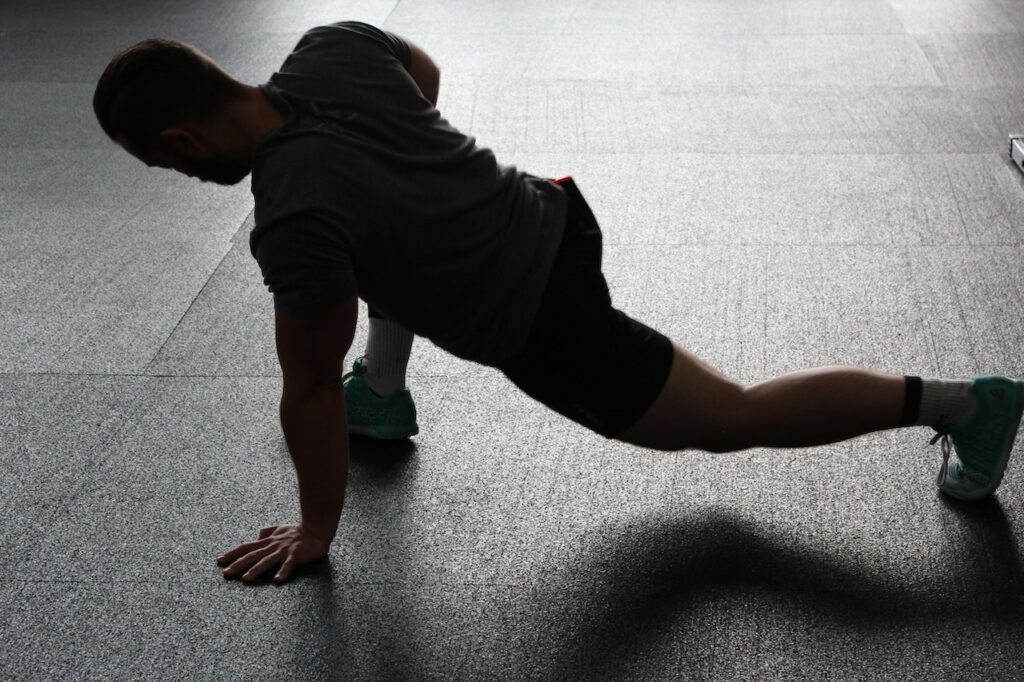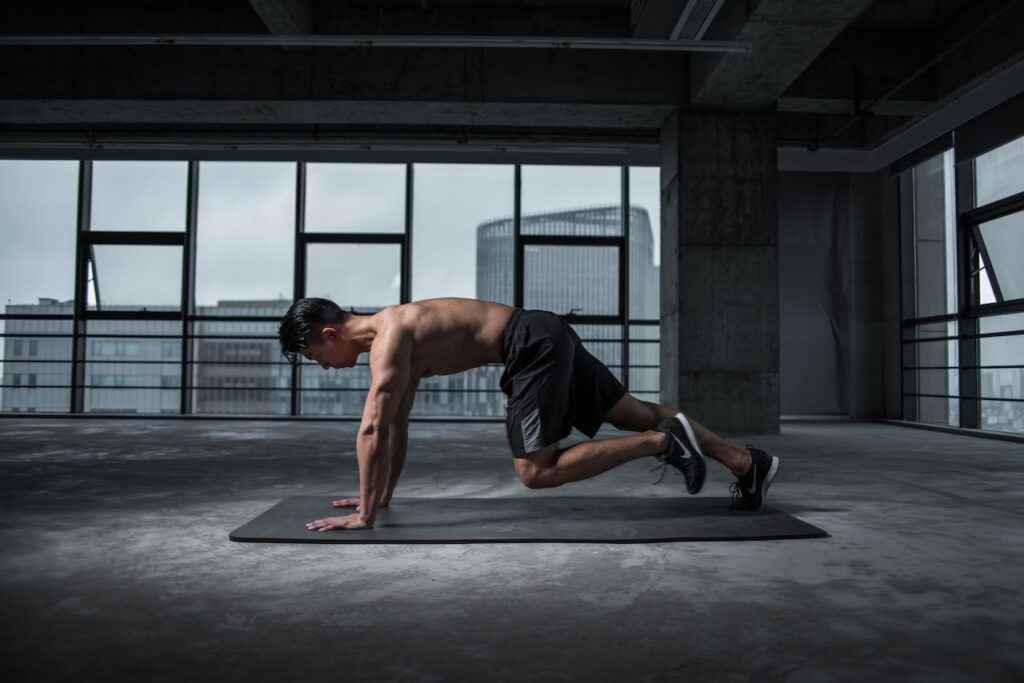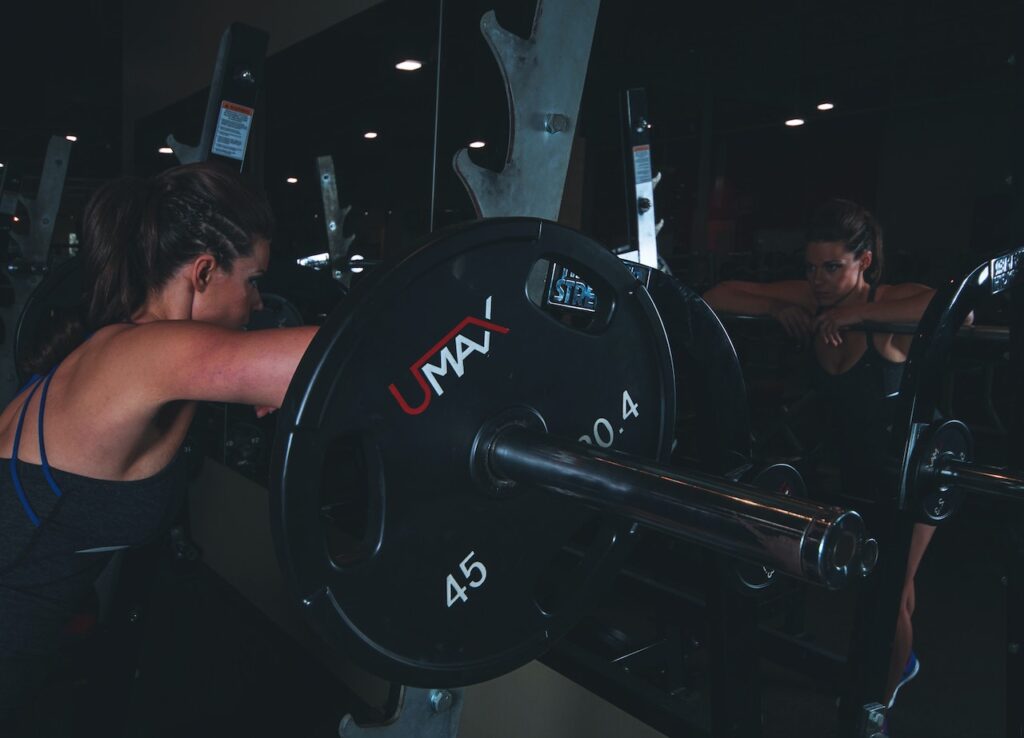Understanding Your Body and Its Limits
The first step to staying injury-free in your home gym is to understand your body and its limits. It’s important to know your current fitness level and not push yourself too hard, too quickly. Overdoing your workout not only increases your risk of injury but also can result in unnecessary fatigue and discouragement.
Remember, fitness is a journey, not a destination. The goal is not to be the fastest or strongest immediately but to improve gradually and consistently over time. Listening to your body and understanding the difference between pushing your limits and overworking is key to injury prevention.

Exercise Form and Technique
Proper exercise form is critical when working out at home. Bad form or technique can quickly lead to injury, especially when strength training with weights or doing complex exercises.
When you’re starting with a new exercise, take the time to learn the correct form. This might mean starting with lighter weights or a simpler version of the exercise until you’ve mastered the movement. YouTube fitness channels, fitness apps, and online workout programs can be excellent resources for learning proper technique.
No gym equipment? No problem! Get started with bodyweight exercises.
Warm-ups and Cool-downs
Never underestimate the importance of warm-ups and cool-downs as part of your home workout routine. A good warm-up prepares your body for the workout ahead, increasing your heart rate and circulation which in turn loosens your joints and increases blood flow to your muscles.
Similarly, cooling down after your workout helps your body to gradually return to its normal state, reduces muscle stiffness, and aids recovery. This could be as simple as a few minutes of slower-paced exercise and some stretching. Incorporating both warm-ups and cool-downs into your routine can go a long way towards keeping you injury-free in your home gym.

Strength Training Safely
When it comes to strength training, understanding the proper use of equipment is essential. Investing in home gym essentials like dumbbells, barbells, weight plates, and resistance bands can be highly beneficial for your strength training journey. However, it’s crucial to use them correctly to avoid injury.
Progressing slowly and using weights suitable for your fitness level is key. It’s not about lifting the heaviest weights; it’s about performing each exercise correctly and safely. If you’re new to using weights, start with lighter ones and gradually increase as you build strength.
Resistance bands are a versatile piece of fitness equipment that can be used for strength training. They are excellent for beginner-level strength training, providing resistance without the potential hazards that can come with weightlifting.
Dumbbells, barbells, and weight plates can be added into your routine as you become more comfortable with strength training. Always ensure that you can maintain proper form throughout the entire movement when using these.
Ready to create your dream home gym? Get started with our comprehensive guide.

Rest and Recovery
Rest days are a vital part of any workout routine and play a key role in injury prevention. Your muscles need time to recover and grow after a workout. Ignoring the need for rest can lead to fatigue, decreased performance, and increased risk of injuries.
Incorporate at least one or two rest days into your weekly workout routine and consider them as vital as your active days. These can include active recovery activities such as light yoga or stretching to promote muscle recovery.
Nutrition also plays a big part in recovery. Ensuring you’re adequately fueling your body can aid in muscle repair and growth. Consuming a balanced meal with protein after your workout can facilitate muscle recovery.
Home Gym Setup and Safety
A safe home gym setup is key to preventing injuries. This means ensuring your workout space is clear of any hazards that could potentially cause accidents. Keep your workout area clean and organized, storing your equipment properly when not in use.
Your home gym should be spacious enough for you to perform exercises without restriction. Ensure you have a non-slip, cushioned surface like a yoga mat or gym flooring for exercises that you do while standing or lying down.
It’s also vital to follow home gym safety guidelines and precautions. Don’t rush into exercises without understanding the correct form and don’t lift weights that are too heavy for your current fitness level.

Conclusion
Maintaining an injury-free home gym workout routine doesn’t have to be complex. By understanding your body, using correct exercise form and technique, incorporating warm-ups and cool-downs, strength training safely, and giving due importance to rest and recovery, you can make the most of your home workouts.
Therefore, practicing safe exercise habits, listening to your body, and enjoying the process is as essential as the workouts themselves. So, take a step towards safer workout practices today and enjoy a healthier tomorrow.
